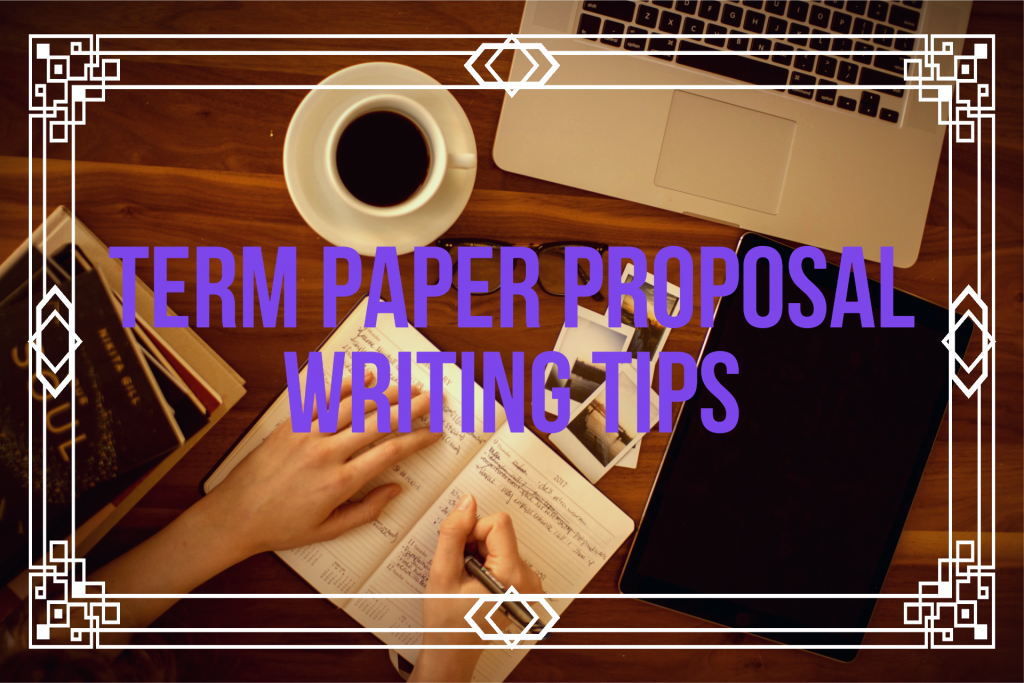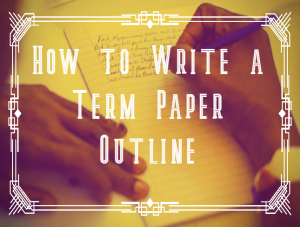How to Write a Term Paper Proposal? Here’s the Answer
A term paper proposal is a type of writing you should turn in to get the topic and the structure of your term paper approved by your teacher. As a rule, the proposal is required from undergraduate students who wish to get a master’s or a Ph.D. degree. This paper can be as long as several pages and its complexity and volume increase if you’re on a higher academic level. Basically, you compose this assignment for your teacher or supervisor who mentors your term paper to show him or her what you’re going to include in your degree’s assignment. This is the chance of your educational institution to steer you on the right path so you can write your term paper the right way and avoid major mistakes.

What should a term paper proposal include?
A term paper proposal should answer some crucial questions concerning your term paper. For example:
- Who will benefit from your research?
- Will it add new value to your field of knowledge?
- Does it have any applied meaning?
- Will the results of your research influence the society or some specific communities?
- Why do you find your topic important?
- Is there enough information about your subject?
- What sources and methods you will use while working on the custom written term papers?
- What do other researchers say about your topic?
To have all these questions coherently and clearly answered, structure your proposal the right way. You can ask for some recommendations on your structure from your teacher, check out some examples of proposals made for similar term papers, you can get professional help from academic assistants, or you can check out the structure we offer.
How a term paper proposal should be structured?
The term paper proposal is a kind of abstract of your future piece of writing but without the results and the analytical part of your research. Of course, the structure of a proposal can vary depending on your discipline and the requirements of your college. However, there are some common chapters that all proposals should contain: Both for achieving the academic degree and for acquiring a grant for expensive research.
The subject of your term paper and why it is important
What of whom are you going to study in your term paper? Would it be cryptocurrencies and their influence on China’s microeconomics? Or it’s going to be the life cycle of Papilio Machaon in Western regions of Canada? In any case, indicate the exact subject of your future research. Explain the importance of your research for science, society, or the public good. Show your supervisor that you understand the difficulties you might encounter during your work and that you’re motivated to research the topic.
Methods you’re going to use
What kind of source will you use? Will there be a place for data collection and data analysis in your term paper or you’re going to make your research as theoretical as possible by analyzing pieces already written by other scholars? Demonstrate to your teacher that you know where from and how to start your term paper.
Literature review
Before you start any new research, you have to get prepared by checking out what information is already available on your topic. This will save you from frustration when you find out that the subject you were so passionate about was already researched one hundred and seven times. Some teachers might require the bibliography section in your proposal where you have to indicate both sources you’ve used and those you’re only planning to use during the research.
Be objective while revising the literature: indicate both arguments and counter-arguments for various perspectives on your topic. To bring new knowledge to your subject, try to find out the truth but not the proves for your own theories. Don’t speculate on the facts and don’t select only those sources you like.
The prospects of your term paper
You’ve already told why you consider your topic to be important. Now, try to predict the results your research can bring and think of the ways they can be applied to improve the situation or solve the problem you’ve indicated earlier in your proposal.
***
This is your first term paper proposal and it’s okay not to know some things. Remember that you can always ask for a piece of advice from your supervisor or get some professional academic assistance from expert writers.


